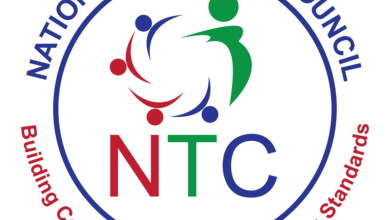As there is couple of agitations between enumerators as to when their mop -up allowance are going to be paid,
Today. the Good News is that the money has dropped as promised by the Statistical service.
In a letter sited by Seekers News, it was mentioned by the statistical service that the monies will be paid by the end of the month of October.
The letter reads
“”Management of GSS continues to express its profound gratitude to you for your dedication.
Currently, more than 90% of field officers have been paid the 70% balance field allowance due you. We are working assiduously to ensure that all field officers are paid by 20th October, 2021.
Management is also aware of the outstanding payment for field officers who moved from their districts to support enumeration in large EAs in some districts in the Greater Accra Region.
We again want to assure all field officers involved that mop up payment will be cleared by the end of October, 2021.”
messages received from some enumerators shows truly the said monies are paid.

THE CENSUS RESULTS
Prior to these, the Ghana Statistical Service engaged a number of Ghanaian Enumerators in the 2021 Population and housing census .
This year was unique as a CAPI was used in the data collection process.
The pereminary results of the census are as follows.
Ghana’s population figure from the 2021 PHC is 30.8 million.
The population has grown almost fivefold since the first post-independence census was conducted in 1960.
Ghana’s population is growing, but at a declining rate compared with previous censuses.
Females make up a greater proportion of the population in the 2021 PHC as has been the trend for the past four censuses. They outnumber males in 10 out of the 16 regions.
Greater Accra has overtaken Ashanti as the nation’s most populous region.
Ahafo has replaced Upper West as the nation’s least populous region.
Average household size, which has been on the decline since 2000, is 3.6 members.
Out of the 10.7 million structures listed, 20% were metal containers, kiosks, and wooden structures.
One out of every five of the structures listed was not fully completed.
The information on structure usage indicated six out of every 10 structures were for residential use






